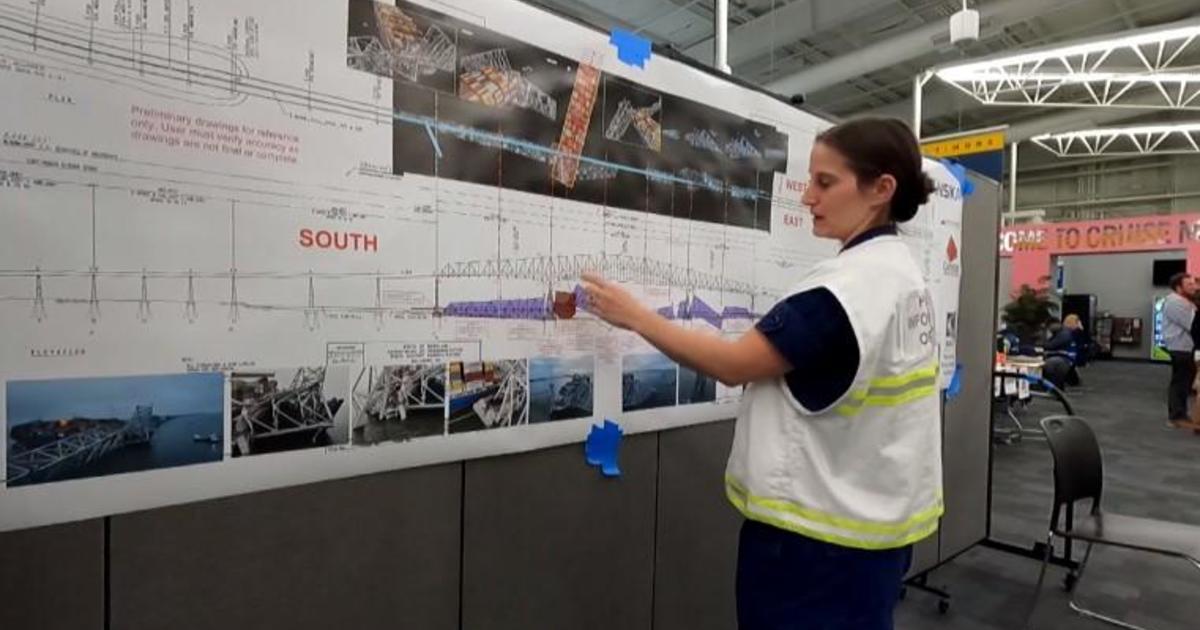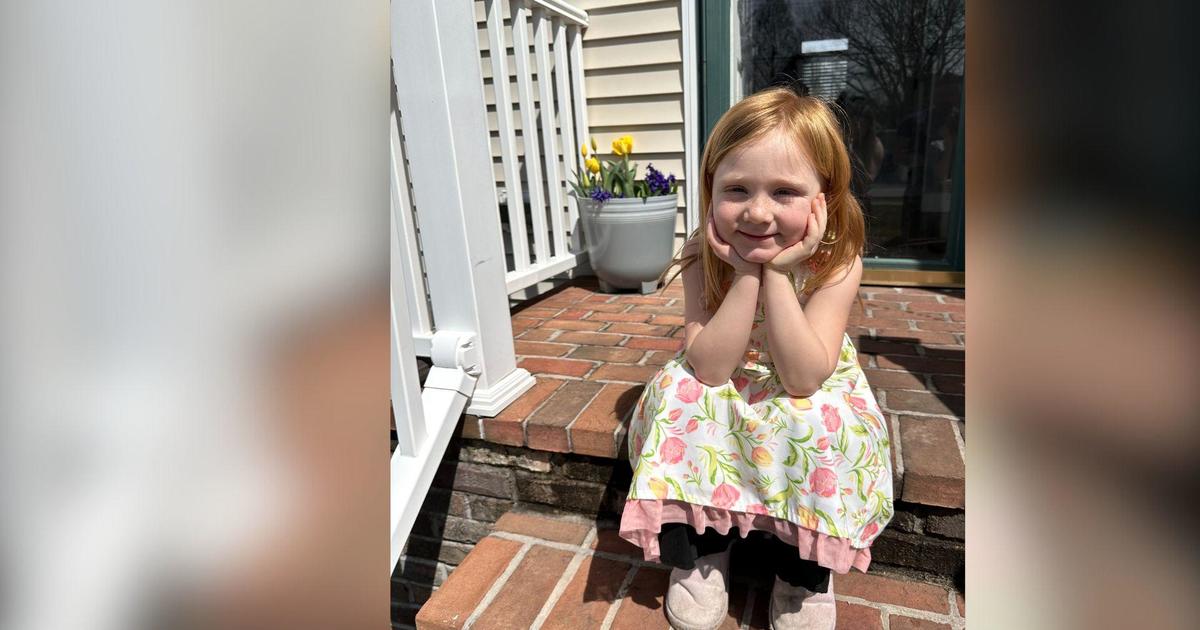Lewis Museum Expects Bright Future Under New Management
BALTIMORE (AP) — Wanda Draper has set two goals to improve Marylanders' and tourists' visiting experiences at the Reginald F. Lewis Museum of Maryland African American History and Culture: Invigorate and move forward.
With an 82,000-square-foot facility in Baltimore harboring over 10,000 artifacts and objects spanning 400 years of history, Draper is seeking more community involvement and educational programs for visitors.
Before Draper started her position in September, the organization had neither an executive director, nor a director of finance, nor a director of development, which limited the progress of the museum.
From March 2013 to September 2016, the Department of Legislative Services conducted an audit, released in February, that revealed that the museum did not comply with certain provisions of its endowment fund investment policy and its procurement policy and that adequate controls were not established over its collections of art and historical artifacts.
According to the audit, as of September, the museum's collection included 9,243 items. Out of that total, 5,460 had not been assigned a value, and the remaining 3,783 items were valued at around $1.6 million.
Draper talked about the issue, noting that there was an appraisal issue regarding a sample used during the audit.
According to Draper, five samples were checked and everything had been appraised, and auditors noticed a Pepsi can, which had not been appraised.
"Pepsicola did a Super Bowl type can for the Maryland bicentennial, so somebody donated that can to us," Draper said. "They did not have the can appraised, but we took the can anyway. So technically that's a violation of our collection policy."
Now under new leadership and skilled professional management, the museum is making efforts to reorganize and develop a plan to address the issues and move forward.
"I thought what we needed to do was build on what we had," Draper said. "My approach is not academic and my approach is not artistic. My approach is from a purely management point of view, which was the issue they were having."
The museum developed a five-point plan to maintain sustainability and success.
The plan involves fiscal management and compliance, advancement, education and scholarship, community engagement, and branding and positioning.
For the education portion, the museum is in partnership with the Maryland State Department of Education. The education department at the museum has curricula and teacher training that is accessible for more than 850,000 students and 50,000 teachers, according to a museum fact sheet.
"When we founded this museum, one of the core things was that we wanted all of the students in Maryland to come to this museum," Draper. "Now that was in 2000, where there was a total different economy and political landscape and corporate landscape. That has changed now and the main thing is that schools do not have budgets for buses."
As of December 2016, the Baltimore City public school system was $130 million in debt, but recent initiatives have been made to narrow the gap, according to its website. The museum has a cultural access program and has been raising money so they can provide the buses for the students to come visit.
As the museum continues to reorganize and redevelop, their partnership with the Smithsonian Institute's National Museum of African American History and Culture in Washington, D.C., has had a positive influence on their progress.
Draper said that the Lewis Museum has had a long history with the Smithsonian and the museum is also a Smithsonian affiliate.
"We do things with them now," Draper said. "We premiere their movies in this market, Smithsonian channel movies, and we're looking at sharing some objects."
The Lewis museum staff believes that it will benefit from the Smithsonian's effort to tell the national African-American narrative and partner with local museums to interpret regional storylines even further, according to recent state-budget hearing testimony.
Draper said the Lewis museum is experiencing more traffic since the Smithsonian's African-American museum opened.
"If somebody says to you 'African-American history and culture,' no picture comes into mind for most people," Draper said. "...So what the Smithsonian did for us was tell the world what a museum of African-American history and culture is. So all of us across the country will benefit from that because now people will feel more comfortable with coming in to see, because they kind of know what to expect."
Draper also said that if visitors are not able to get into the Smithsonian -- which has been so successful that tickets can be hard to come by -- they come to Baltimore to visit that museum.
"It's been very good for us," Draper said. "But most of all it's creating awareness and interest."
Draper said the Lewis museum is also seeing an increase in attendance.
"Our attendance for February was up 20 percent this year over last year," Draper said. "Our sales in the gift shop doubled for the month of February compared to last February."
She further explained that the Smithsonian museum is telling a story to a much broader audience than they could ever reach.
With a $1.96 million operating budget granted by the governor for fiscal year 2018, she aims to match the state and raise $1.96 million for the museum.
Draper's main focus now is to continue to grow and educate the youth in the state of Maryland.
"Those are the kinds of things we want to do in terms of helping diverse audiences understand African-American history," Draper said. "The main thing I say is, while it's African-American history, it's American history and its Maryland history...and one of the things you come out of it and discovering is that we are much more alike than we are different."



